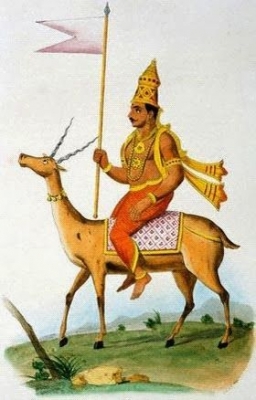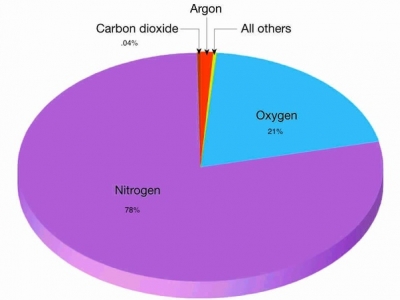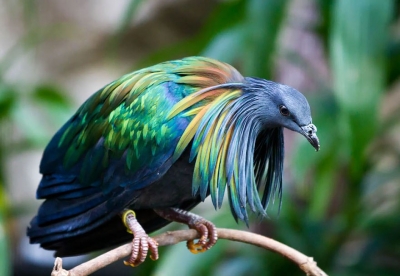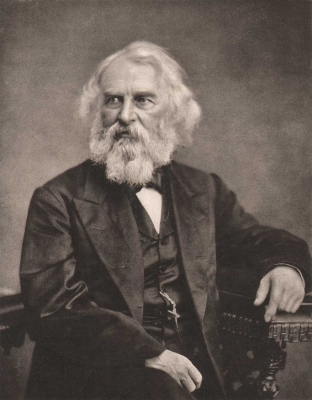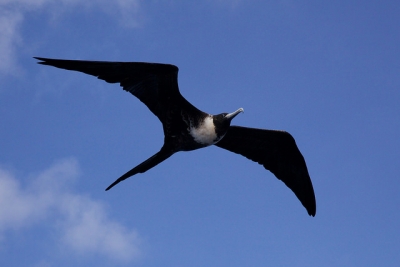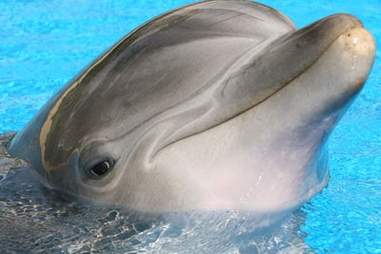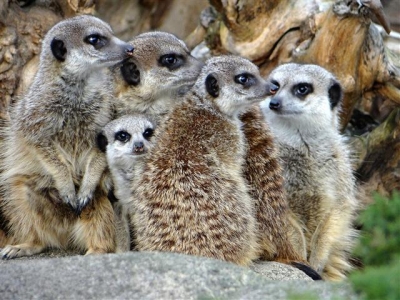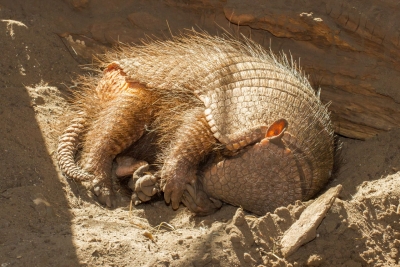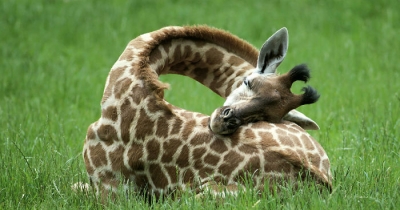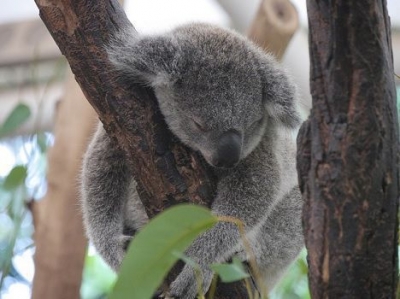What are the different species of beetles?
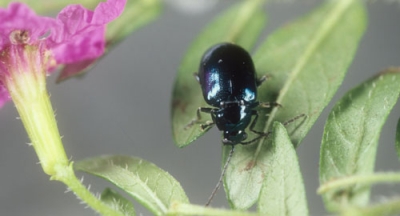
Beetle Abodes
Beetles are found almost everywhere except in the oceans, seas and Antarctica. They live in all kinds of habitats including scorching deserts, freshwater lakes and freezing polar ice caps, but are most abundant in tropical rain forests.
They make their homes in diverse places. Some burrow underground or in wood or even in the carcasses of animals. Others prefer ant and termite nests where they have a symbiotic relationship with their hosts.
Just Move It!
Most beetle species have thick, hard front wings called elytra and protective back wings. Desert species trap moisture under their wings while water beetles trap air so they can live underwater. Most beetles can fly, though they move in a slow, lugubrious fashion.
Antennae Alerts
The long, flexible antennae on a beetle’s head are feelers that help it find a mate, food, and a place to lay its eggs. They also catch vibrations in the air to warn it of predators. The body and legs of a beetle are covered with tiny hairs that are hyper sensitive to touch, sound, smell, light and taste.
Some beetles have extensions on their head that resemble horns or antlers.
“Eye” See You!
Most beetles have compound eyes and colour vision. Ground beetles that depend on vision for hunting or breeding (like fireflies) have larger eyes. Whirligig beetles swim on the surface of ponds and use their divided eyes for seeing both above and under water at the same time!
Legging It
Beetles sport all kinds of legs, ranging from long and slender for the speedy ground beetles; the dung beetle’s broad and ridged legs for digging; curved and shaped like a paddle for swimming in water beetles and large hind legs for hopping such as in the flea beetles. A sticky pad on the bottom of each foot on some beetles helps them walk on glass for instance. All species have a pair of claws on each foot.
Dining Etiquette
Beetles eat plants, other insects, carcasses, pollen, and dung. Beetles living in water eat small fish, tadpoles and even snails. Rove beetles catch flying insects with a long, sticky tongue. Some beetles feed on nectar.
Bug-bears
Many beetles are also considered pests (the potato beetle and the boll weevil for example), that infest and destroy crops, vegetables and fruits.
Beetle Benefits
Beetles are great recyclers because they feed on anything including animal carcasses and dung. Some like ladybirds eat aphids which are pests.
Largest and Smallest
The Titan beetle is the world’s largest and can grow up to 17cm long. It lives in the South American rainforest. It has both jaws and claws strong enough to tear into animal and human flesh, but is doesn’t attack unless provoked.
On the other end of the scale is the feather-winged beetle which measures around 0.325mm, the smallest free-living insect (as opposed to parasitic insects which are smaller).
Picture Credit : Google


